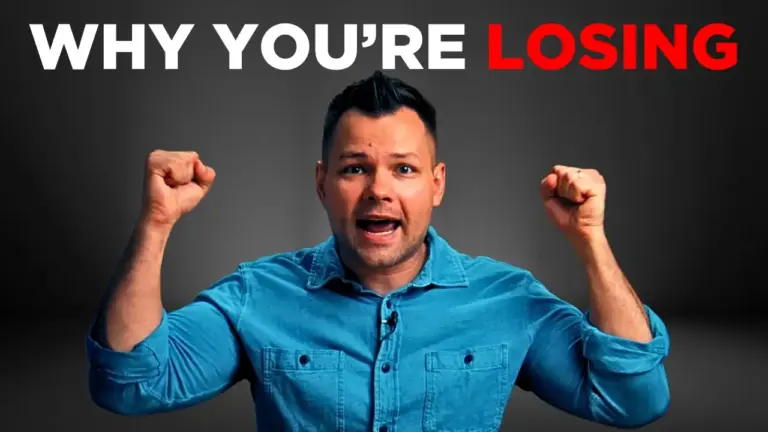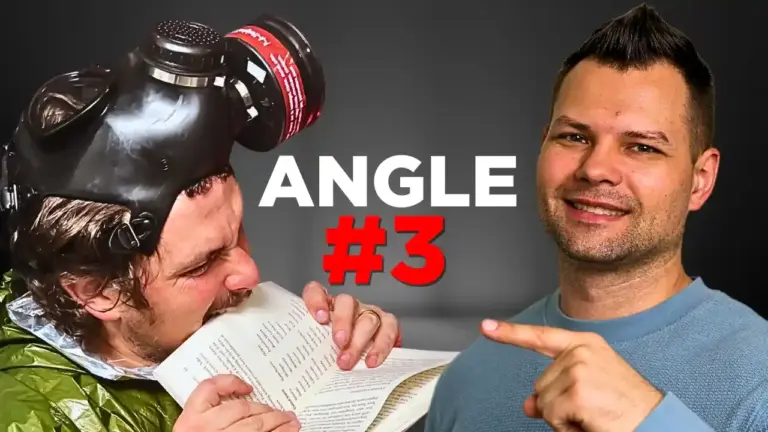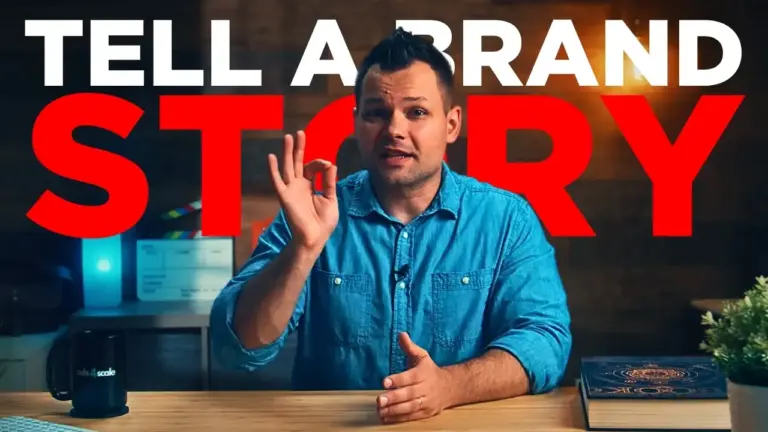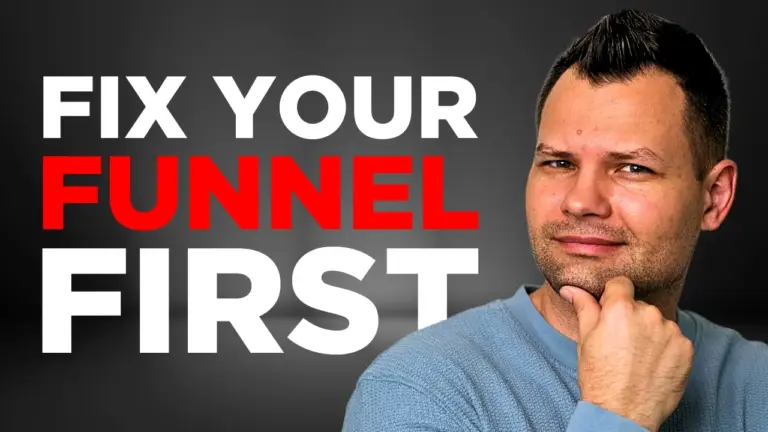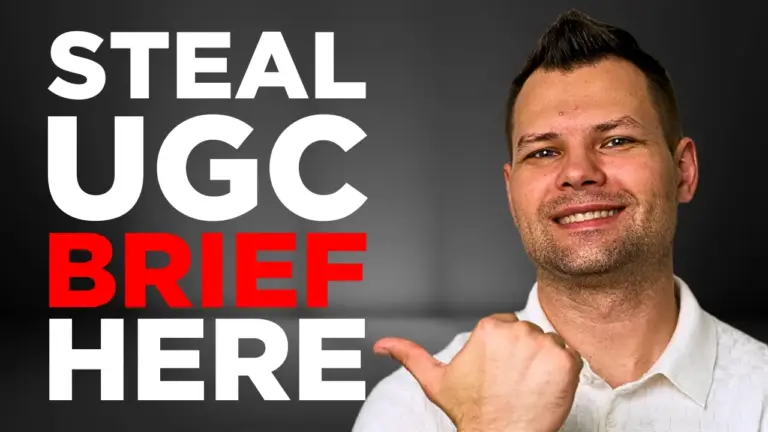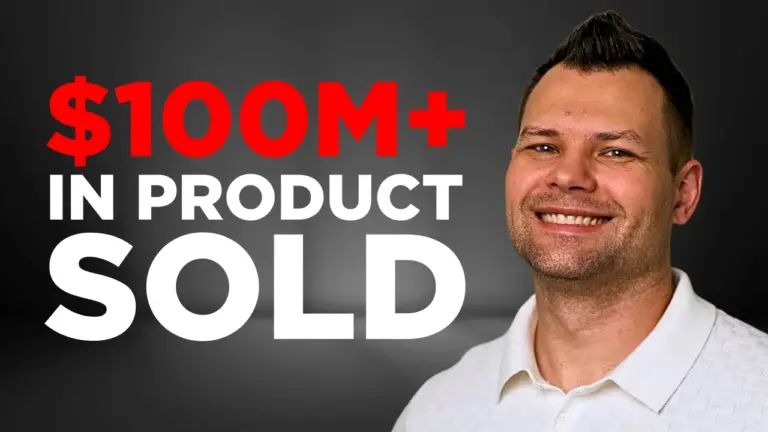Introduction
Today I’m going to give you seven toughest lessons I had to learn producing over a thousand video ads. I’ve seen brands lose tens of thousands ignoring these, so you may want to stick around to the end to make sure you’re not wasting your creative budget.
By the way my name is Vlad Alexander and I’ve guided over 200 DTC brands to more than 100 million dollars in product sales using video-first marketing strategies.

Lesson 1:
When a brand doesn’t have a creative strategy and relegates it to a video production or creators – the results of those ad creatives would have an 80 percent fail rate. Think of all the money you could be losing by working this way. So, this often happens when a scaling dtc brand has a media buyer and a media director, each good at what they do – however lacking complementary skills – those that would be possessed by a creative strategist. Someone like, truly yours.
Here’s what happened. I was approached by a brand that just experienced a bit of growth from ugc ads on Meta and TikTok to be their video producer. Yes, as a production company making ads for them – no account management, no strategy. And you may be wondering: how so?
Here’s how it worked out: their ad buyer saw some patterns of what worked on the account and relayed that information to the brand’s media director. Then the media director would just tell us: such and such a creator made a video for us like this and it performed – make us 10 more like it, just add your twist to it. As a result only 2 out of 10 performed.
Then they started asking me for video ideas, basically making me a quasi-strategist with no access to performance metrics. This resulted in a lot of wasted time on both ends. My team and I were putting together pitch deck after pitch deck, to only be put on hold or declined – meanwhile ad accounts were getting fatigued due to lack of new creatives.
As a brand owner or a marketer, here’s what you need to do, to avoid money wasted and time lost: Either build a creative strategy yourself, or hire someone who understands both: the numbers and the creative aspects (And this is not easy to do, by the way). If you hire a pure video production or creators – please provide them with strategy. Otherwise you won’t be happy with performance.
Lesson 2:
More often than not your talent and their charisma will make or break ad performance on social media. I hear media buyers talking about ad formats way too often – but in my experience, finding a creator who your audience vibes with is gold. So choose creators wisely.
We worked with more than 20 different creators for our client Hungry Minds. But there was one particular actor, Joey, whose ads took off and converted like crazy. For starters, Joey is a professional musician with 10 years of touring experience and also a seasoned actor.
It’s no wonder that the comment section of an ad with him was full of compliments from fans and friends recognising him. So when I hear someone saying that professional actors don’t convert with ugc – I have proof they do. In fact another brand asked us to hire someone with no experience of acting or creating, basically off the street – to look more “authentic” and well… Let’s just say: they didn’t like the result.
So if you wonder: why can’t I just hire someone off of these platforms for like $100 for some authentic converting ugc content? Well, because to succeed, a winning ad must include the creator’s charisma and the brand’s strategy.
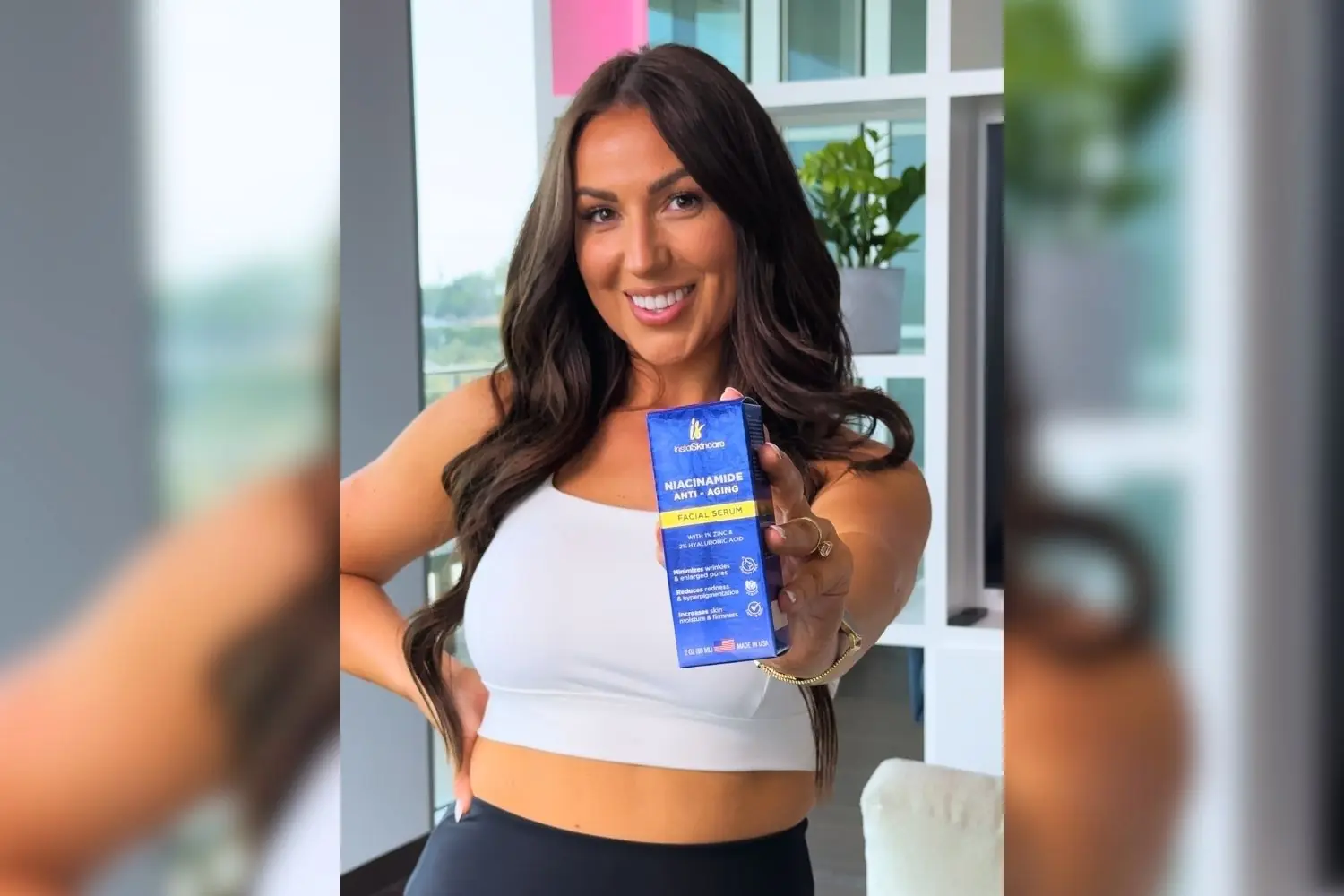
Lesson 3:
Don’t look down on polished content, just because it doesn’t convert like lo-fi ugc videos. Professionally done video content has a slightly different purpose. Let me explain.
Any type of content performs best in its native environment. And so of course ugc ads have a much better conversion rate, because they are native to their respective social media platforms, where people film videos on their phones vertically and mostly without any special preparation. Ugc ads are camouflaged to look like native content and to disrupt user’s scrolling patterns without them suspecting they are being disrupted. A professionally done ad, however, instantly screams: Ad – so people just swipe through them.
Now, when someone lands on your website, or an Amazon product display page – they become a warm audience. At this point your polished content builds trust and also influences your customer’s perceived product value. Which results in higher chances of them buying your product and paying more – even if competitor’s product is cheaper.
If you’re building your brand longterm and looking to exit at some point – polished content also raises the perceived value of your company.
Lesson 4:
The more expensive or complex your product is, the more video content your customer would want to consume to make an educated buying decision. Take a camera for example: when I am shopping for one, I watch YouTube reviews, brand videos, and even user video reviews on Amazon or B&H.
As a rule, the more expensive the item or service is, the longer it takes to make a buying decision. I learned it the hard way and lost a lot of money in the beginning of our agency. We sent clients from ads – directly to our website, but they didn’t have a chance to learn enough about the value we could deliver for them in their buyer’s journey. So many of them abandoned the site, never to be seen again – effectively tripling our cost per lead.
It’s the same with products. Your audience will see a video ad, then they get to a landing page and watch another video about your product. They may visit your social media page and watch more content and finally go to amazon or your website, watch another product demo and only then buy.
Customer journey as of late is very unpredictable, because there are a lot of disruptions in our daily lives. However, think of your brand videos, as of sales people – ready to work and sell for you 24/7. So, the more of these key touchpoints you include in your customer’s journey, the better the chances they’ll commit to a high-ticket purchase.
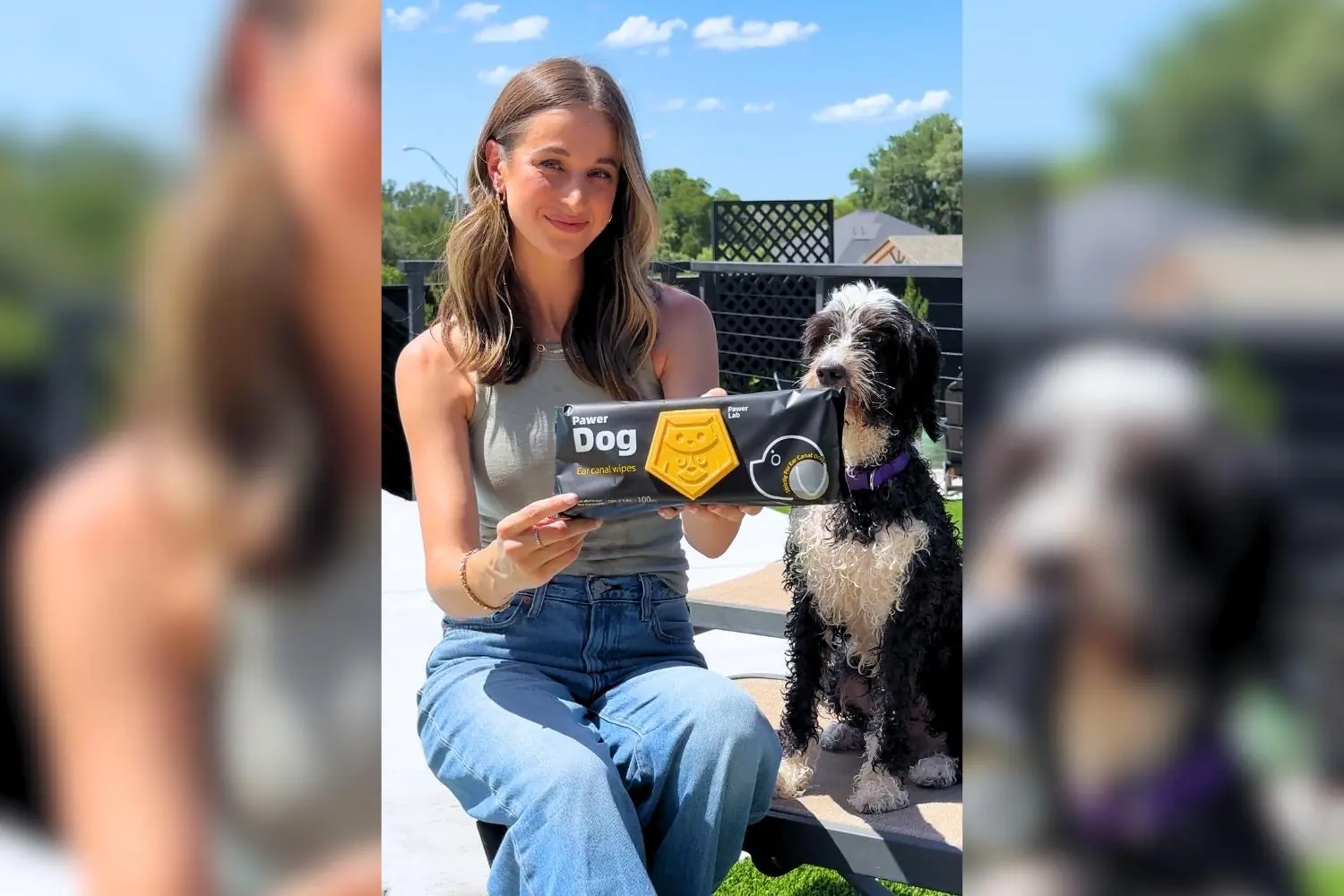
Lesson 5:
Save your production budget by maximizing the output on the day of the shoot. There’s no reason why you can’t shoot professional video and photo, and ugc content in 1 production day.
My team does it all the time for our clients. Most recently we’ve shot all of the above formats and for 3 products, while working with animals in less than 6 hours. The secret? It all comes down to solid pre-production planning.
We’ve done our marketing research of the brand and products, wrote scripts and confirmed ad copy with our client. Then did casting and location sourcing about 2 weeks before the shoot. So, during the production itself, we didn’t have to spend much time making up the shots, we were moving according to the plan.
And a pro tip I have for you here is: in order to be efficient and pull it off – have one person responsible for video and another one for photography. In this way your team will capture video and photos simultaneously, so you’ll get twice the output.
Lesson 6:
Start with data first and don’t bet on a creative idea that just sounds cool. I know it’s tempting to just look up what your competition is doing and make something similar. But you need to think first and foremost: is this the type of style and message that your audience would enjoy watching and understand?
Before brainstorming the new ideas, go through your ad account and take inventory of what already converts well. If you have clear winners then you don’t need to reinvent the wheel – you can try making more ads with the same concept, or keep the ad copy and try a different ad format. The ideas here are endless.
If you have to start from scratch, do research about the market and your audience. Find their interests and types of content they like consuming. Look through your competitor’s reviews, note what people like and don’t like about their products – then use this information to make your ad copy stand out.
Lesson 7:
Don’t talk only about product features – focus on the benefits instead. As a founder, you may be proud of your invention or a new product, which you know is better than anything else on the market. But what about your customers? They only care about benefits they’ll get by using your product, because they’re investing in a better version of themselves.
Let’s take these cool shoes by Apollo Moda. Sure they have this nice color, of course they’re made of leather and feel very durable. Look at the thickness of this shoe’s sole. And why do you think a customer may choose these kicks?
I recently had a strat session with the brand owner, who told me that some customers choose these shoes to be visibly taller – when height is their concern, so that they can be more confident in approaching ladies at a party on Friday night. Or maybe this other guy is after the attention and compliments he gets from others, because he in fact loves being at the center of attention.
Conclusion
Remember that often your customers have another endgame in mind and your product is just a vehicle to help them get there. And an ad of course helps stir that imagination and let them dream of a better, more exciting future.
